Criminal minds confirm weakness of feed control system
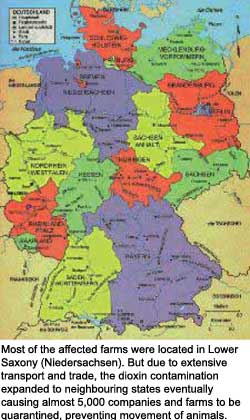
Dioxin again made the headlines in a food scare. This time it was mainly in Germany – starting just before Christmas 2010 and lingering until March. Almost 5,000 farms were quarantined, exports were put on hold and hundreds of thousands of euros were lost. How could that happen? By means of a reporting system that proved too slow and criminal activity.
By Dick Ziggers
At the end of 2010, just before Christmas, Germany was brutally awakened by a food scare that reverberated as far as South Korea. Dioxin was found in animal feed and from there had entered the food chain. Many countries closed their borders to German meat and eggs. The feed sector, claiming it has such perfect self control on contamination, was staggered and weakly replied that their system worked, because it was a self-reported incident. It is interesting to see how this all could happen and why the system has its failures.
It all started one day before Christmas in Dinklage, a small town in Lower Saxony, south of Oldenburg. The company Wulfa-Mast – one of 330 compound feed millers in Germany – has its headquarters here. On that day Wulfa-Mast reported something unusual to the Lower Saxony State Office for Consumer Protection: In two batches of layer feed the maximum limits for dioxin were exceeded, the self-report said. The limit is 0.75 nanograms (ng) per kilogramme, but the company found 1.56 ng/kg in one batch and 1.1 ng/kg in the other, obviously the level was too high. That was the start of the latest dioxin scare in the country of beer and bratwurst.
The German consumer is very sensitive to the word dioxin, so quick action was required. Not only was Wulfa-Mast immediately checked by the Feed Control Agency, but also so were the farms that were supplied with its feeds in Lower Saxony and North Rhine-Westphalia. A few days later, on 30 December it became clear that at some farms, which were supplied with Wulfa-Mast feed, the dioxin levels in eggs exceeded the maximum threshold.
Where did it come from?
The big question was of course: How did the potentially carcinogenic poison get into the feed of Wulfa-Mast? Was it an isolated case or were more companies involved? Wulfa-Mast only mixes ingredients – fats, meals and grains. Parallel to the tests, the search for clues began. The first clue led to transport company Lübbe in Bösel, not far from Dinklage. The company specialises in transporting oils by bulk tank trucks including feed fats. In Bösel, it seems that the puzzle is solved: it was all a mistake. Due to a human error on 11 November, technical fats ended up in a tank for feed fats. As a result of this finding, feed companies that were supplied by Lübbe in Saxony-Anhalt, Hamburg and Lower Saxony also had to be checked. The scandal could have ended here – if Lübbe was not part of the company Harles & Jentzsch (H&J). This company based in Uetersen near Hamburg specialises in fats, processing and marketing these into food fats, oils, and fatty acids – not only for agriculture. At H&J it was soon clear that its transport firm could not have been the problem, so it exerted its own checks and found 123 ng of dioxin per kg fat.
Criminal efforts
Until then it was believed that it was a mistake, but when the State Office also found contaminated fats in other bulk trucks of Lübbe, it became clear that it was more than a mistake on 11 November which had caused the problems. The same problem was discovered at company headquarters in Uetersen, where four tanks were filled with contaminated fat. This time, however, the problem could no longer be blamed on human error. There were reasons to believe that all fat deliveries since that date could have been contaminated. As a result more feed companies and around 1,000 farms were affected in Lower Saxony alone.“This can only be the result of criminal efforts,” says Hans-Michael Goldmann, a member of the pro-business Free Democratic Party (FDP) and chairman of the consumer protection committee in the German parliament, the Bundestag. “And I had thought that the days of waste being added to feed were long gone.” According to the Lower Saxony Ministry of Agriculture, Bösel was an illegal plant for the production of dietary fats. It is suspected that over time systematically technical fats were mixed with food fats and sold as food fats. This way the technical fats were upgraded from €500 to €1,000 per tonne.
More companies involved
H&J then claims the contaminated fats came from Petrotec AG. Petrotec, quite angry about this accusation, promptly brought the name of Olivet into play. They had sold to Olivet, the Dutch trader in Poortugaal (close to Rotterdam) “specifically not for food or feed use mixed fatty acids” it said in a statement. The supplies were “clearly not suitable for the food and feed industry, but only for technical application determined”. Petrotec in Borken specialises in turning spent cooking fat into biodiesel. The company has operated a modern refinery in Emden in north western Germany since 2000. The business was boosted in 2002 when a Europe-wide ban on adding the spent cooking fats to feed was enacted. A spokesman for Petrotec, says that it was always clear that the byproducts of the refinery operation “have no business being added to feed.” After all, he adds, no one could rule out contamination of the spent fats that were being provided to the feed industry. Petrotec, for its part, did not conduct testing, because traces of dioxin are irrelevant in biodiesel, he said. Petrotec feels unjustly pilloried. Their lawyers are examining what steps they would take against H&J. Despite that Petrotec feels innocent; it was checked as a precaution as well. It is unclear how long H&J has been processing the dubious fats. In a statement CEO Siegfried Sievert told the Westfalen newspaper: “We were careless of the erroneous assumption that the mixed fatty acids that accumulates in the production of biodiesel from palm oil, soybean oil and rapeseed oil, is suitable for feed production.” This suggests that the problem already existed a bit longer and may already have been taking place since 2008 or 2009. This was confirmed by Eddy van Gelder, head of Dutch trader Olivet. He said that at least since 2009 it has been possible that technical fats, not suitable for animal feed, were sold to Harles & Jentzsch.
These fatty acids are a byproduct of biodiesel production at the refinery Petrotec AG in Emden, which has been in operation since April 2008. Since commissioning of this plant, technical fats were sold to Olivet, according to Olivet marketing director Michael Fiedler. The fats were also put through H&J and picked up in Emden by forwarders. Transport tanker trucks from Lübbe had also been used, confirmed Fiedler.Back samples of fatty acids from the years 2008 and 2009 are not available. The samples must be kept for only six months. The first sample showing a dioxin contamination dates back to March 2010.
Self-inspection principle
The German Animal Feed Association (DVT) boasted that the case was discovered through “self-inspections and safety measures,” saying that this is proof that the system does work, after all. But that is only partially true. Criminal activities can be easily blurred. H&J self-inspected its premises three times last year. Each time dioxin levels exceeding 0.75 ng/kg were found, but neither the authorities nor its customers were informed. These test results were not shown to government inspectors. The inspectors were not even suspicious when they saw delivery notes indicating that the purchased fatty acids were not suitable for animal feed. By way of explanation, company officials now say that fats were also sold to the paper industry.Staffing reductions force inspectors to work on a “risk oriented” basis, meaning that conspicuous companies are inspected more often than inconspicuous ones. As a result, H&J could expect only one inspection per year, even though the company supplies almost all the compound feed plants in northern Germany. After a visit, knowing that next inspection was unlikely to occur for a while, the company felt confident that it could continue to adulterate fats without fear of detection.H&J also had GMP+ certification, but that appeared to be for its major processing unit, the contaminated fats were processed at a different location which was not audited. At the height of the scandal nationwide in Germany more than 4,700 companies had been quarantined, the vast majority of them located in Lower Saxony.
On 12 January 2011 Harles and Jentzsch filed for bankruptcy.
Sources: Financial Times Deutschland, Der Spiegel, Westfalen Zeitung.
Join 26,000+ subscribers
Subscribe to our newsletter to stay updated about all the need-to-know content in the feed sector, three times a week. Beheer
Beheer

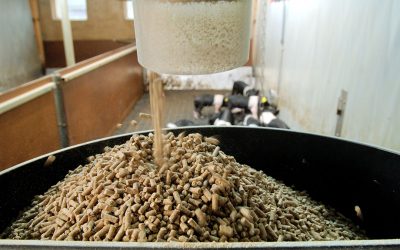
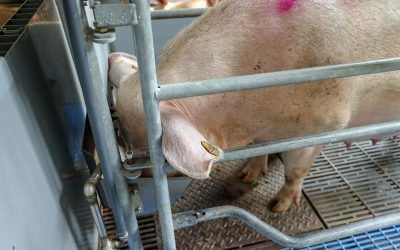
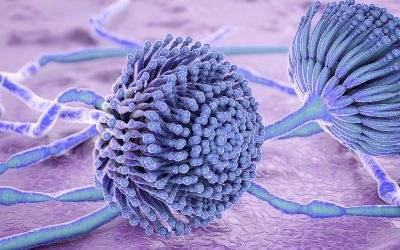
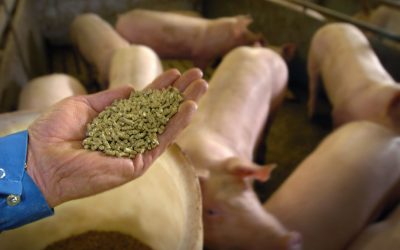




 WP Admin
WP Admin  Bewerk bericht
Bewerk bericht